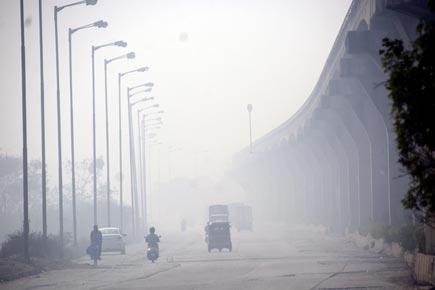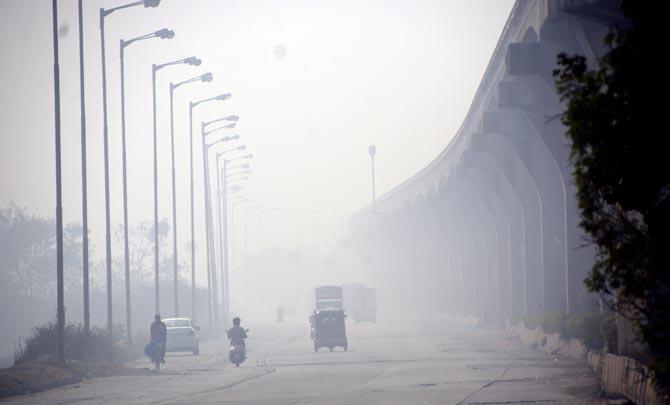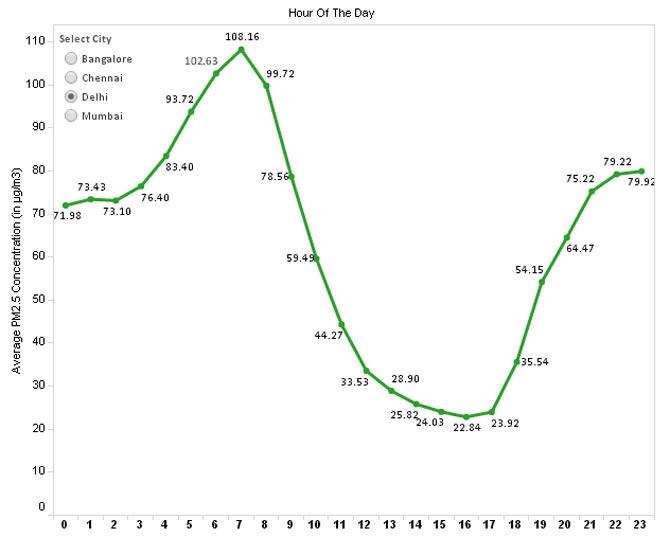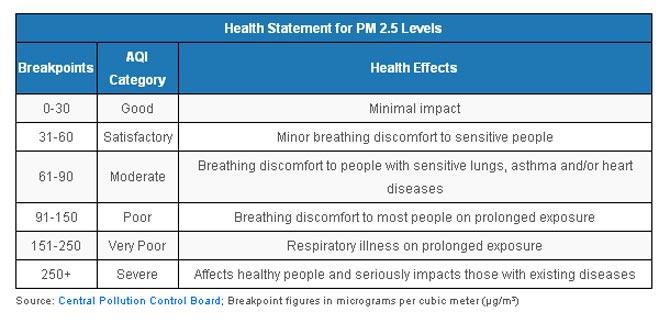Mumbaikars going for an early morning jog or on your way to the office beware! Mornings are the worst time for air pollution with the city experiencing the worst air quality at 8 am. The air starts to worsen after 5 am

If you think mornings are the best time for outdoor exercise, you’re wrong.
ADVERTISEMENT
Mumbaikars going for an early morning jog or on your way to the office beware! Mornings are the worst time for air pollution with the city experiencing the worst air quality at 8 am. The air starts to worsen after 5 am.

Mumbaikars have to battle smog in the morning to be able to see. Pic/ Pradeep Dhivar
Mornings experience the worst air pollution in four Indian cities, according to an analysis of particulate matter (PM) 2.5 data from IndiaSpend’s #Breathe air-quality sensors, analysed from Bengaluru, Chennai, Delhi and Mumbai between March 15 to April 15 2016.
Bengaluru: Best air quality–midnight
The worst air was at 7 am, as PM 2.5 concentrations peaked at 61.54 micrograms per cubic metre of air (μg/m3). The air quality improved as the day wore on, worsening by evening at about 5 pm, reaching a late-evening high at 7 pm (57.60 μg/m3). The best air quality was registered around midnight, when PM 2.5 levels fell as low to 40.12 μg/m3.
Chennai: Best air quality—3 pm
The worst air was at 7 am, with PM 2.5 levels (61.54 μg/m3) reached their peak. Levels began to peak over the night and slide during the day, after 7 am. The best air quality was recorded in the afternoon, at 3 pm, with PM 2.5 levels reaching as low as 20.76 μg/m3.
Delhi: Best air quality—4 pm
Worst and Best Hour

Mornings were the worst time, with PM 2.5 levels reaching as high as 108.16 μg/m3 at 7 am. Air quality gradually improved as the day wore on, registering the cleanest air at 4 pm. (22.84 μg/m3). Pollution levels then picked up through the night.
Delhi topped the list of the world’s most-polluted cities, according to the World Health Organisation (WHO).
Mumbai: Best air quality—5 pm
 The worst hour for a Mumbaikar is 8 am, with PM 2.5 levels reaching 48.61 μg/m3; the air started to worsen after 5 am. The best air quality was registered at 5 pm, when PM 2.5 levels were 22.38 μg/m3.
The worst hour for a Mumbaikar is 8 am, with PM 2.5 levels reaching 48.61 μg/m3; the air started to worsen after 5 am. The best air quality was registered at 5 pm, when PM 2.5 levels were 22.38 μg/m3.

Outdoor air pollution causes 670,000 deaths annually in India, according to this 2014 research paper from the Indian Institute of Management, Ahmedabad.
Air pollution has become a global concern with rising air pollution levels, as outdoor air pollution in cities and rural areas across the world estimated to cause 3.7 million premature deaths in 2012, according to the WHO.
(An Indiaspend.org story)
Particulate matter, or PM, is the term for particles found in the air, including dust, dirt, soot, smoke, and liquid droplets. These are classified according to their diameter. Particles less than 2.5 µm (micrometres) are called PM 2.5. They are approximately 1/30th the average width of a human hair. Particles between 2.5 to 10 µm in diameter are called PM 10.
PM 10 and PM 2.5 include inhalable particles that are small enough to penetrate the thoracic region of the respiratory system. The health effects of inhalable PM are well documented, caused by exposure over both the short-term (hours, days) and long-term (months, years). They include: Respiratory and cardiovascular morbidity such as aggravation of asthma, respiratory symptoms, and an increase in hospital admissions; and mortality from cardiovascular and respiratory diseases and from lung cancer.
There is good evidence of the effects of short-term exposure to PM 10 on respiratory health, but for mortality, and especially as a consequence of long-term exposure, PM 2.5 is a stronger risk factor than the coarse part of PM 10.
There is a close relationship between exposure to high concentrations of small particulates (PM 10 and PM 2.5) and increased mortality and morbidity from cardiovascular/respiratory diseases and cancer, both daily and over time, according to the WHO.
 Subscribe today by clicking the link and stay updated with the latest news!" Click here!
Subscribe today by clicking the link and stay updated with the latest news!" Click here!






